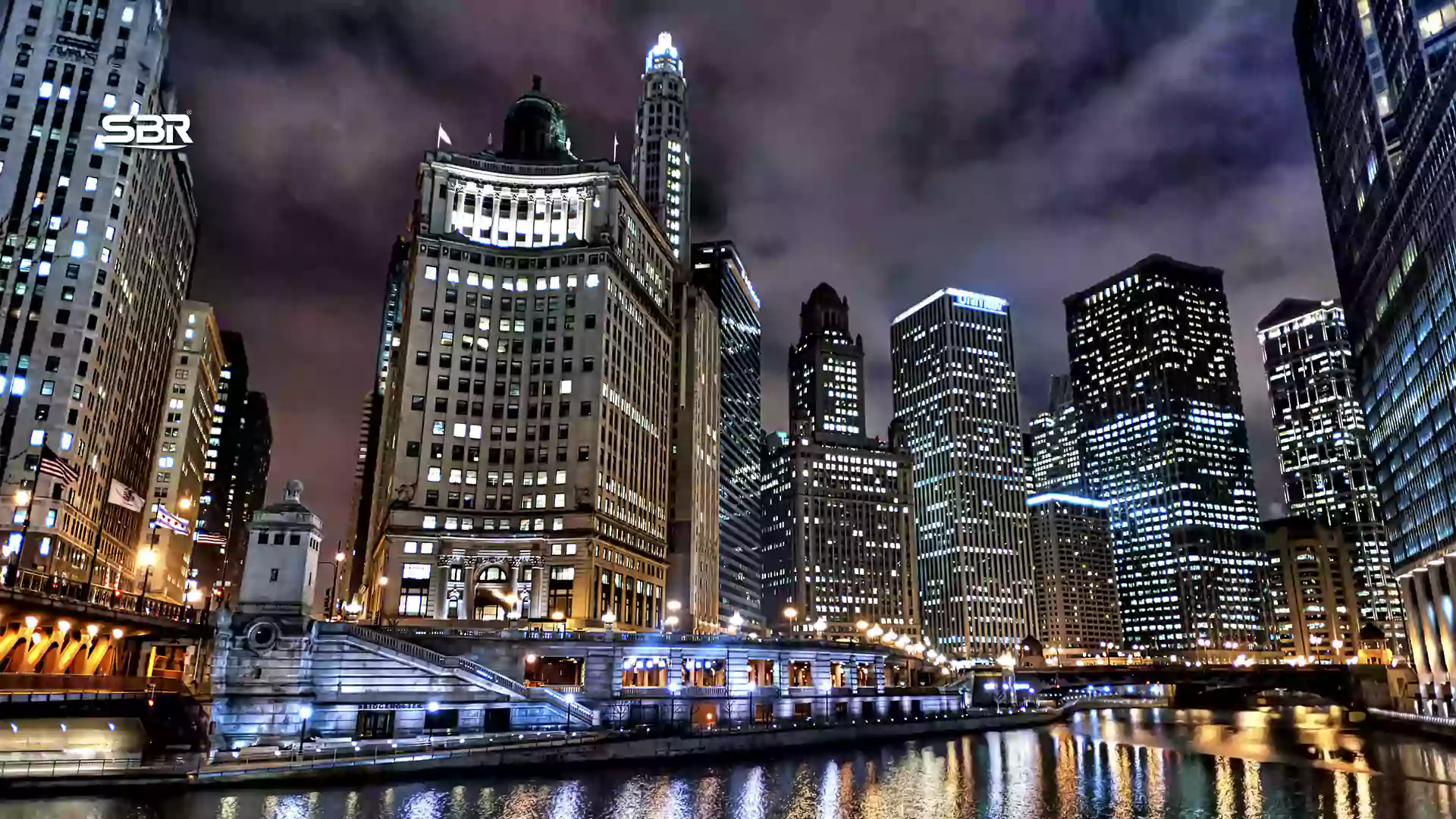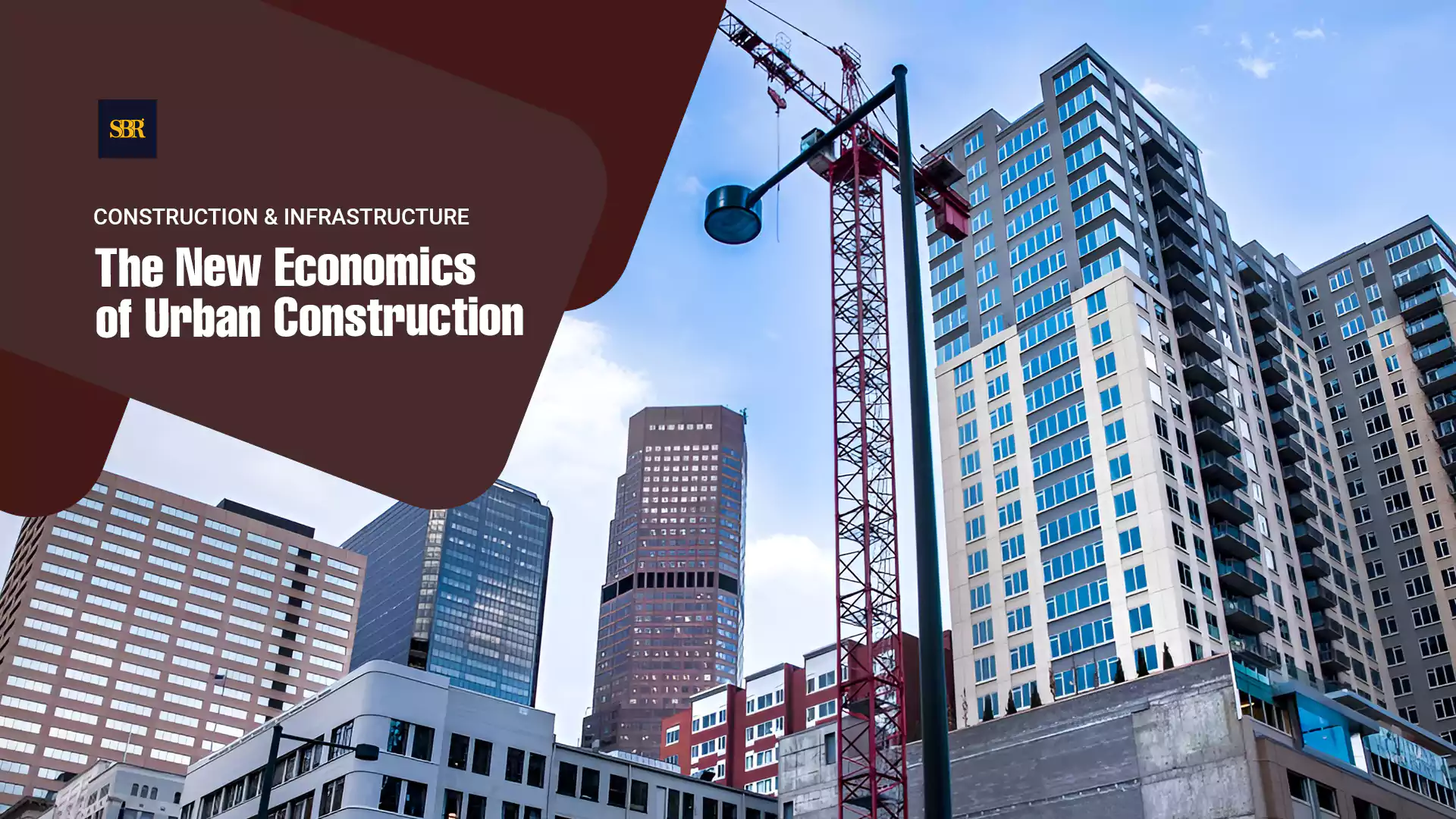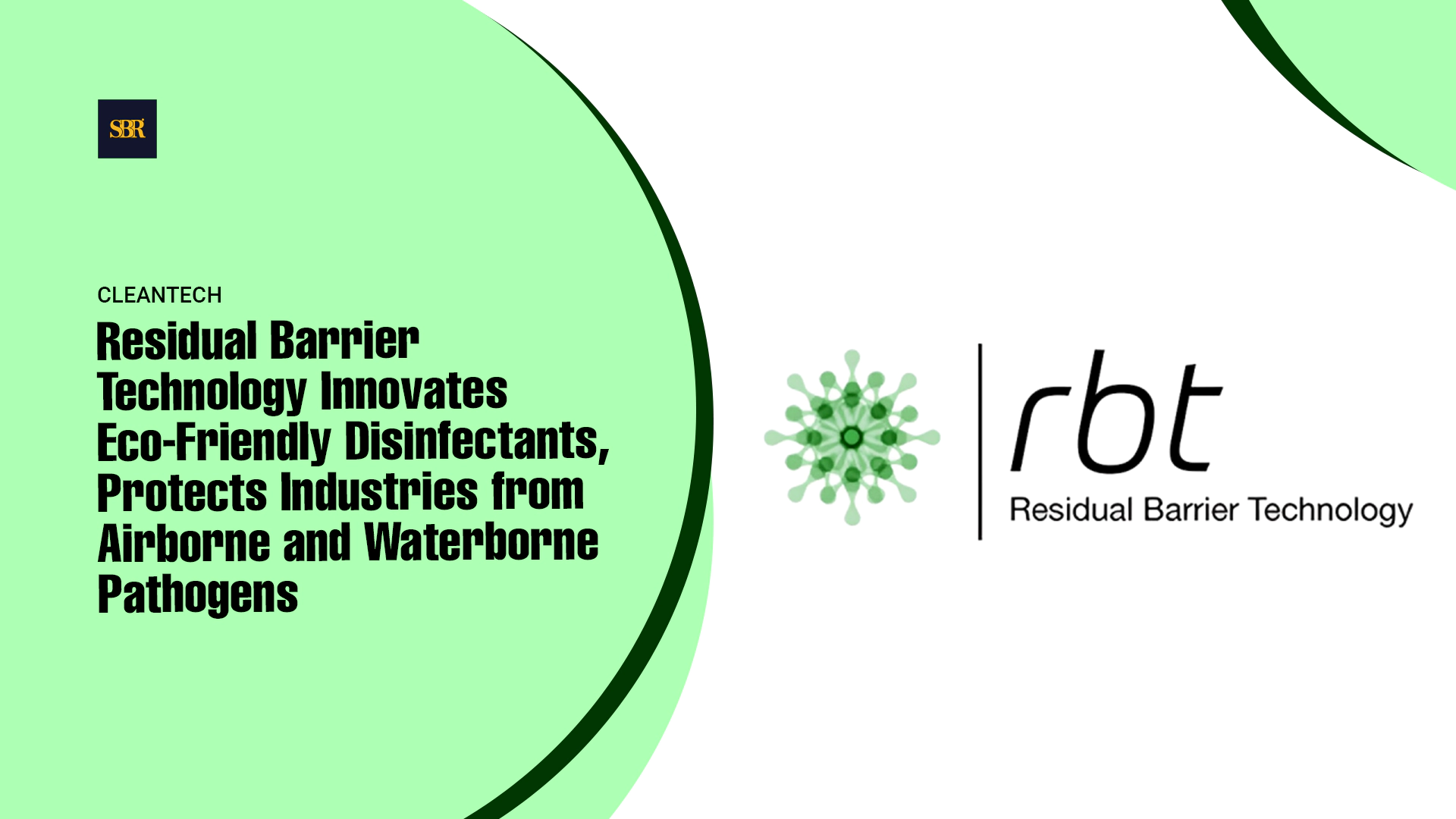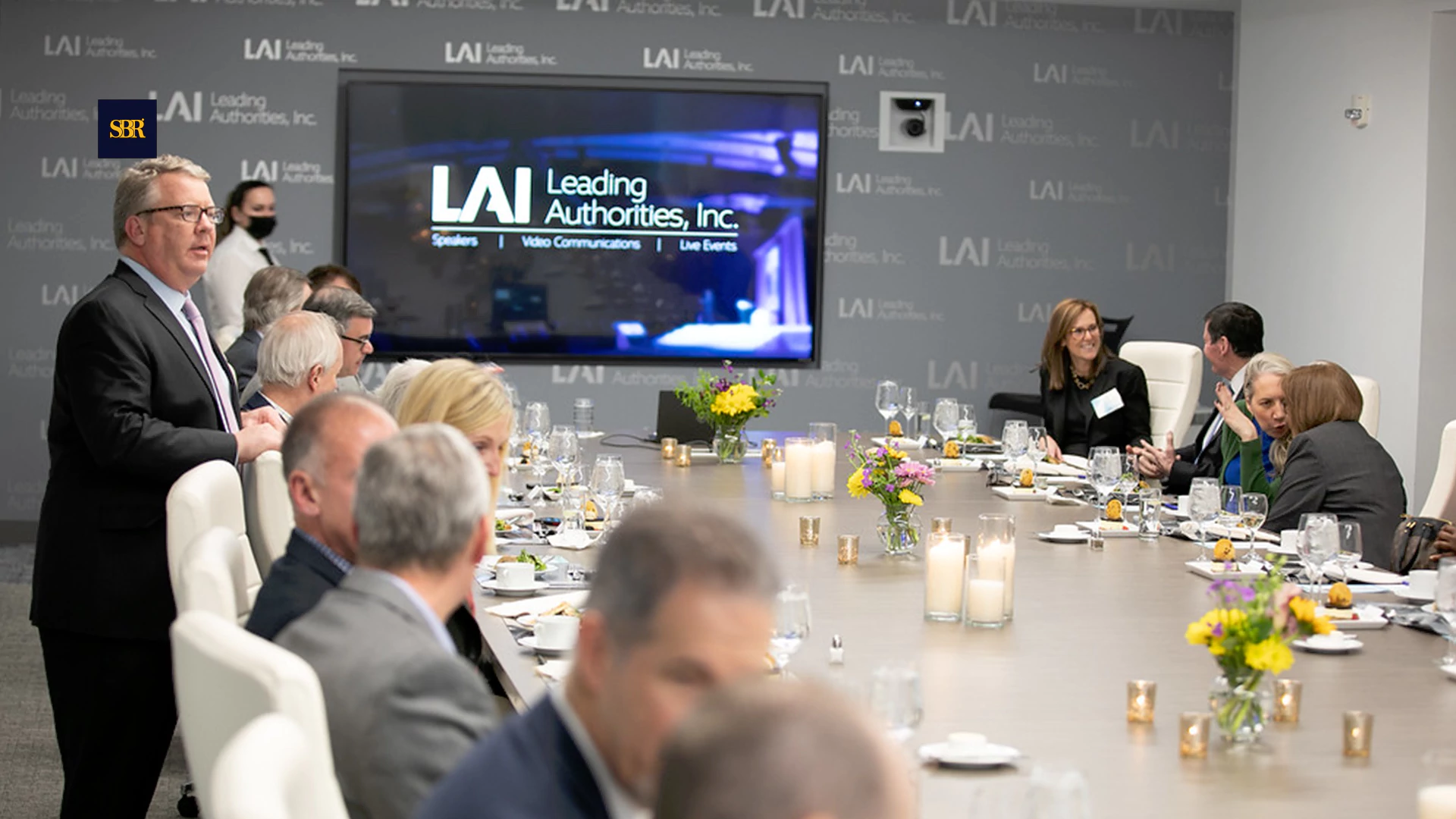As cities become smarter and sustainability becomes a necessity, technology in architecture and interior design is no longer a luxury, it’s essential. AI-powered design tools and intelligent building systems are redefining how architects and designers approach form, function, and human well-being. As part of a global industry worth over $9 trillion, the built environment directly influences how we live, work, and prosper. Understanding the future trends in architecture is crucial not only for professionals but also for anyone investing in a healthier, more intelligent world.
How Technology Has Transformed Architecture
The architectural landscape has evolved dramatically, from hand-drawn blueprints to dynamic, AI-assisted modelling. Tools like Building Information Modelling (BIM) and Autodesk Revit now allow real-time collaboration, improving design accuracy and reducing costly errors. Meanwhile, generative design and parametric modelling enable architects to explore hundreds of possibilities before finalizing a plan. These innovations aren’t just about aesthetics, they improve energy efficiency, support sustainable building trends, and enhance overall human-centric design. For both developers and homeowners, this digital transformation offers smarter investments, faster delivery, and safer, more liveable spaces.
Top Emerging Technologies in Architecture
Technology is revolutionizing the way buildings are designed, constructed, and experienced. Here are the most impactful and rapidly evolving technologies shaping the future of architecture and interior design:
Building Information Modelling: BIM integrates architecture, engineering, and construction into a unified model, reducing errors, delays, and cost overruns.
Artificial Intelligence & Generative Design: AI tools automate design tasks, suggest space layouts, and analyse site constraints. Generative design explores thousands of optimized concepts in minutes, supporting faster, data-driven decisions.
Big Data & Digital Twins: These technologies simulate building performance in real time. Architects and interior designers use them for urban planning, risk analysis, and maintenance forecasting, creating smarter, adaptive infrastructure.
3D Printing: From conceptual models to structural elements, 3D printing reduces material waste and speeds up prototyping and small-scale construction.
Internet of Things: IoT connects lighting, HVAC, and security systems through smart sensors, enabling energy-efficient and automated buildings.
Robotics in Architecture: Robotics assist with precise construction, modular fabrication, and dangerous site tasks, enhancing safety and productivity in the field.
Immersive Tech: Augmented Reality and Virtual Reality allow architects and clients to explore designs in immersive 3D environments. These tools improve decision-making and reduce costly revisions before construction begins.
Cloud-Based Collaboration: Cloud computing ensures real-time collaboration across global teams, increasing efficiency from concept to completion.
Drones for Site Surveying: Drones capture high-resolution site data, enabling precise mapping, inspection, and progress monitoring in less time than traditional methods.
Benefits of Adopting New Technologies in Architecture and Interior Design
The integration of technology in architecture isn’t just a trend, it’s a competitive advantage. Tools like BIM, AI, and IoT reduce design errors, enhance project efficiency, and promote sustainable building practices. Technologies such as VR and 3D printing improve client engagement and reduce material waste. For stakeholders, this means lower costs, faster delivery, and smarter investment decisions.
Drawbacks and Challenges of Technology in Architecture
While innovations like AI, robotics, and cloud-based collaboration offer significant advantages, they come with barriers. High implementation costs, especially for 3D printing and BIM platforms, limit accessibility for small firms. There's also a growing skills gap, with many professionals needing training in tools like Revit or generative design. Data privacy, system compatibility, and resistance to change among traditional stakeholders further complicate adoption, slowing the industry's full digital transformation.
Real-World Example: AI & Digital Twin at St. Peter’s Basilica
One of the most compelling live implementations comes from the AI-powered digital twin of St. Peter’s Basilica, created by the Vatican in collaboration with Microsoft and Iconem. This project demonstrates how technology in architecture can aid preservation, design, and public engagement.
Project Overview
1) From drone imagery, lasers, and 3D cameras, over 400,000 high‑resolution images were captured and processed into a hyper‑accurate digital twin model of the Basilica.
2) Leveraging cloud computing (Azure) and AI algorithms, the team identified structural vulnerabilities (e.g., cracks, mosaic deterioration), modelled restoration scenarios, and simulated environmental conditions.
Key Benefits in Practice
Predictive Preservation: AI detects areas requiring attention before visible damage occurs – supporting safer and more proactive restoration.
Global Access & Engagement: Millions can explore the Basilica virtually, enhancing education and tourism while preserving the physical site.
Integrated Tech Stack: Combines BIM, digital twin, AI, IoT, and cloud computing, offering a blueprint for future architecture projects focused on heritage, sustainability, or complex infrastructure.
Frequently Asked Questions
What materials will define future buildings?
The future lies in eco-friendly materials like self-healing concrete, cross-laminated timber, smart glass, and 3D-printed composites. These materials promote sustainability, durability, and energy efficiency.
How does sustainability influence modern architecture?
Sustainability drives material choices, energy systems, and building orientation. Concepts like net-zero energy buildings, passive solar design, and green roofs are now integral to modern architectural planning.
Will 3D printing replace traditional construction methods?
While unlikely to replace them entirely, 3D printing is revolutionizing specific areas like affordable housing, emergency shelters, and custom components, offering speed, flexibility, and material efficiency.
What is parametric architecture?
Parametric architecture uses algorithm-based design systems to generate complex, adaptive forms. Architects input parameters (e.g., light, flow, cost), and software like Grasshopper or Rhino produces responsive structures.
How will architecture evolve by 2030?
By 2030, expect AI-driven design automation, smart cities, widespread digital twin adoption, and fully integrated IoT ecosystems. Sustainability and personalization will become standard in both commercial and residential design.
How is climate change affecting architectural planning?
Architects now prioritize resilience, climate-adaptive design, and low-carbon materials. Rising temperatures and unpredictable weather patterns influence building orientation, energy systems, and urban zoning regulations.
Technology in architecture is redefining design and construction, delivering smarter decisions and better outcomes.















